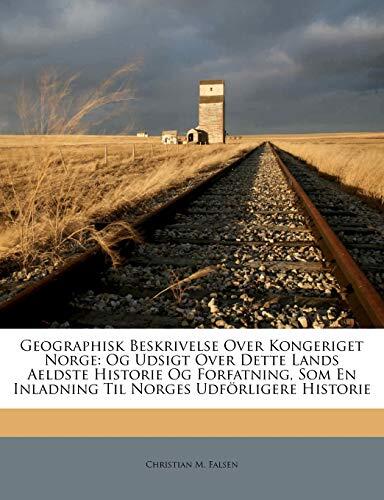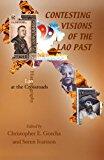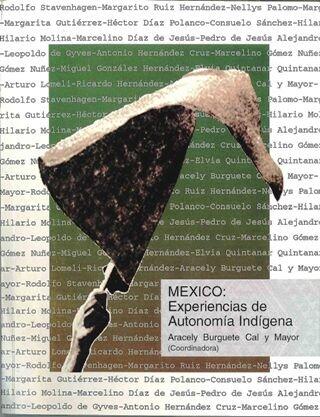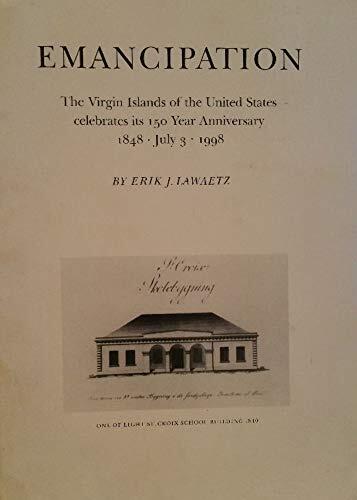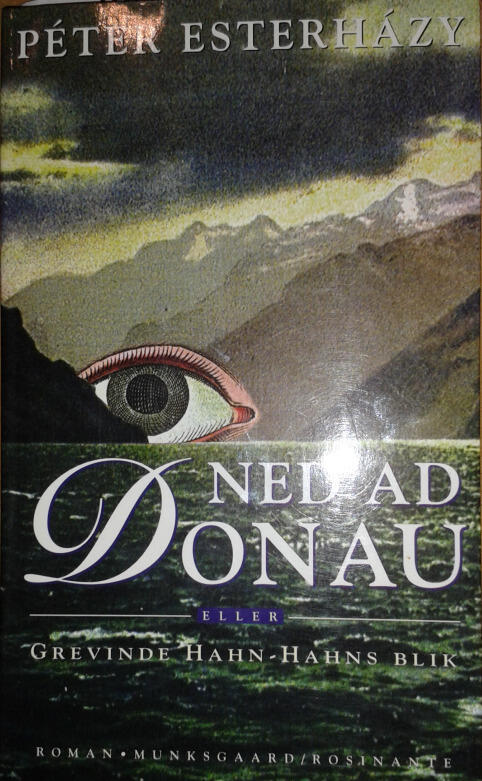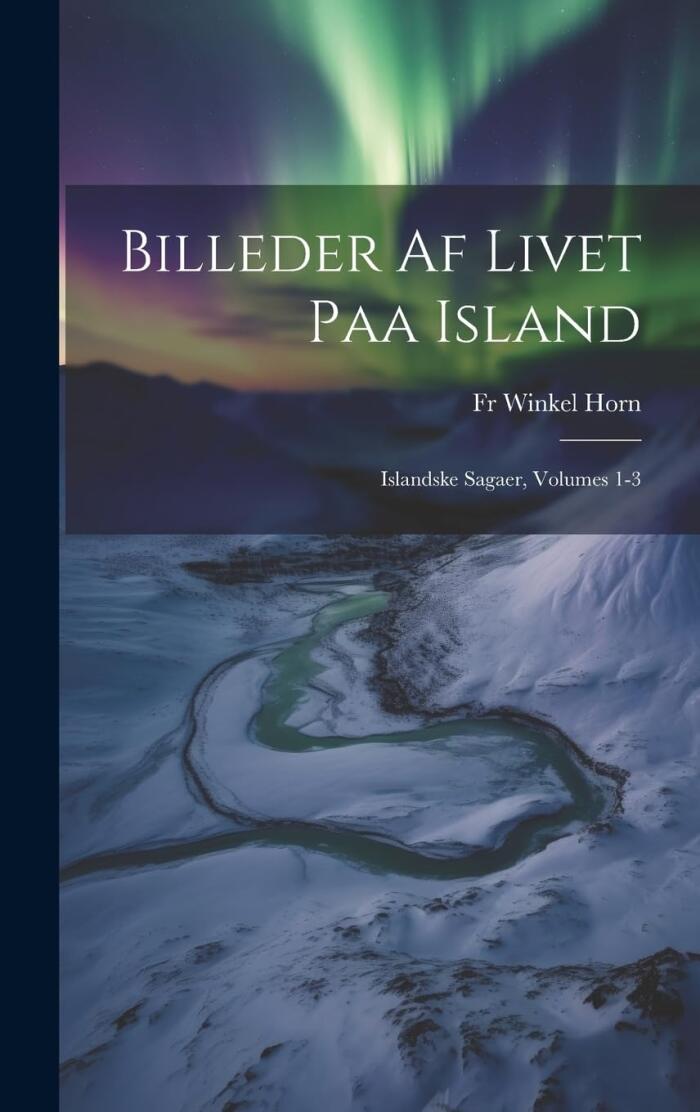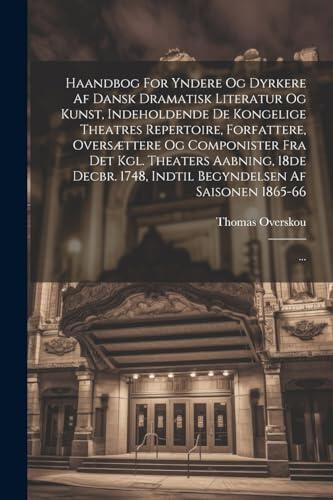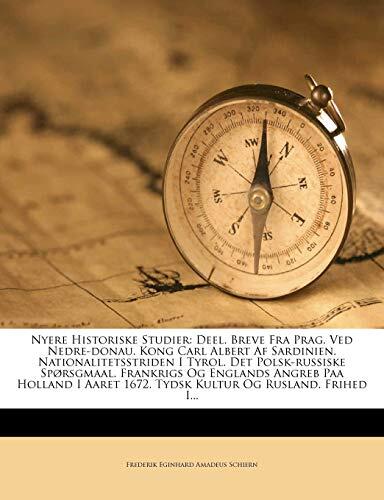
The Renaissance Shipwrecks from Christianshavn: An Archaeological and Architectural Study of Large Carvel Vessels in Danish Water, 1580-1640
von
Christian P.P. Lemee
Noch keine Bewertungen
History
Format
Gebundene Ausgabe
Seiten
371
Sprache
Englisch
Veröffentlicht
Jan 1, 2006
Verlag
Viking Ship Museum
Ausgabe
Illustrated
ISBN-10
8785180343
ISBN-13
9788785180346
Beschreibung
Christian P. P. Lemée offers an insightful exploration into the world of Renaissance shipwrecks in Danish waters, specifically focusing on the period of 1580 to 1640. Through rigorous archaeological research and architectural analysis, Lemée sheds light on the construction and design of large carvel vessels that sank off the shores of Christianshavn. As the author delves into these maritime remnants, he reveals the intricate details of shipbuilding methods, giving readers a glimpse into nautical life during the Renaissance.
The narrative encompasses not only the physical aspects of these vessels but also contextualizes them within the broader historical and cultural landscape of Denmark during this vibrant period. Readers are invited to consider how these shipwrecks reflect the economic and maritime practices of the time, enhancing our understanding of the social dynamics that shaped the age of exploration. The well-researched bibliographical references further enrich the text, making it a valuable resource for scholars and enthusiasts alike.
With a blend of archaeological insight and architectural commentary, Lemée's work stands as a testament to the significance of maritime heritage in Denmark. It captures the essence of a bygone era, reminding readers of the stories that lie beneath the surface of the water, waiting to be uncovered and appreciated.
The narrative encompasses not only the physical aspects of these vessels but also contextualizes them within the broader historical and cultural landscape of Denmark during this vibrant period. Readers are invited to consider how these shipwrecks reflect the economic and maritime practices of the time, enhancing our understanding of the social dynamics that shaped the age of exploration. The well-researched bibliographical references further enrich the text, making it a valuable resource for scholars and enthusiasts alike.
With a blend of archaeological insight and architectural commentary, Lemée's work stands as a testament to the significance of maritime heritage in Denmark. It captures the essence of a bygone era, reminding readers of the stories that lie beneath the surface of the water, waiting to be uncovered and appreciated.
Rezensionen
Noch keine Rezensionen
Sei der Erste, der dieses Buch rezensiert und deine Gedanken teilt
Erste Rezension hinzufügenLesetagebuch
Keine Lesetagebücher gefunden
Beginne deinen Lese-Fortschritt zu verfolgen, um Log-Einträge hier zu sehen
Füge dein erstes Lesetagebuch hinzuNotizen
Transaktionsprotokoll
Keine Transaktionsprotokolle gefunden
Beginne, deine Buchtransaktionen zu verfolgen, um Log-Einträge hier zu sehen
Fügen Sie Ihr erstes Transaktionsprotokoll hinzu

